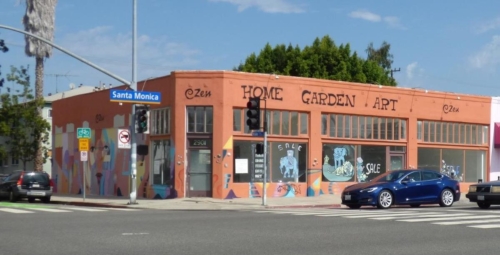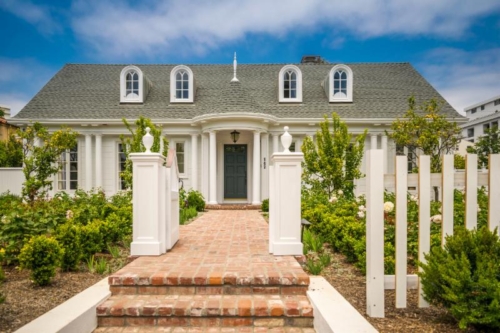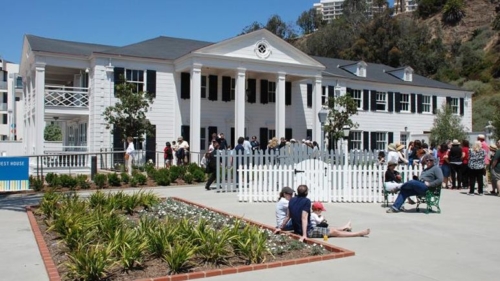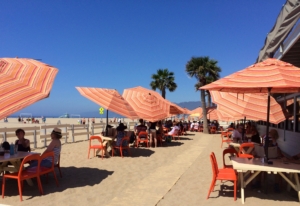by Ruthann Lehrer and Carol Lemlein, Advocacy Co-Chairs
The Landmarks Commission reviewed five Mills Act Contract submissions in August and recommended them to City Council for adoption. The Mills Act is a state law that enables cities to enter into property tax reduction contracts with owners of designated historic structures who agree to properly maintain them and undertake specific rehabilitation and/or restoration tasks. It is one of the most valuable incentives offered to owners of designated properties.
In October, Council approved these Mills Act applicants, consisting of commercial and multi-family properties as well as private homes at: 310-312 Wilshire Boulevard; 451 San Vicente Boulevard; 954 5th Street; 1129 Ashland Avenue; and 525 Georgina Avenue.
In September, the Commission approved landmark designation for the Compass Rose (see our September Newsletter), a navigational emblem painted on a runway at the Santa Monica Airport used for directional calibration by pilots. The Compass Rose was designed in 1939 by a member of the Ninety-Nines Organization of Women Pilots. There is a long and rich history of women pilots active at the Santa Monica Airport. The designation anticipated the possibility of future relocation for the emblem at a time when the airport becomes a public park; nevertheless, the designation was appealed to City Council by a park proponent. The hearing is likely to occur early in 2020.
A two-story 1912 Craftsman residence at 9 Vicente Terrace, nominated for landmark status by the Conservancy in response to a demolition application, was approved. The consultant’s report noted that this street, with Seaview Terrace to the north, is a potential candidate for historic district status. The owner, who has engaged a historic preservation architect for design consultation, is planning extensive renovations and a rear addition. The adaptive reuse of the former Sears department store at 302 Colorado Avenue, opposite Santa Monica Place, is moving forward; approval of exterior site improvements, such as landscaping and lighting, was granted by the Commission on their consent calendar in October. It will become a mixed-use building with retail and commercial uses.

2901 Santa Monica Blvd. Photo: ESA
The Commission considered the possible landmark designation of a 1923 commercial building at 2901 Santa Monica Boulevard, and turned it down. The building, which had been submitted for demolition, was identified for further consideration because of its listing on the Historic Resource Inventory (HRI). The brick building with large windows and intact wood-framed transoms is a type found elsewhere in the city, but in this neighborhood, was a pioneering commercial building. While the City’s consultants recommended designation, City staff did not, backed by a lengthy report submitted by the developer’s consultant.
The Landmarks Commission has been advised that planning is underway for Promenade 3.0, a rethinking of the Third Street Promenade to ensure its ongoing success. Recognizing that the area contains many designated landmarks and HRI buildings, the Conservancy has been advocating for inclusion of the strong historic preservation goals and policies specified in the Downtown Community Plan (DCP). The challenge is to balance the demands of commercial tenants, such as their branding and signage, with retaining and highlighting the unique architectural features of the historic properties as is called for in the DCP.




